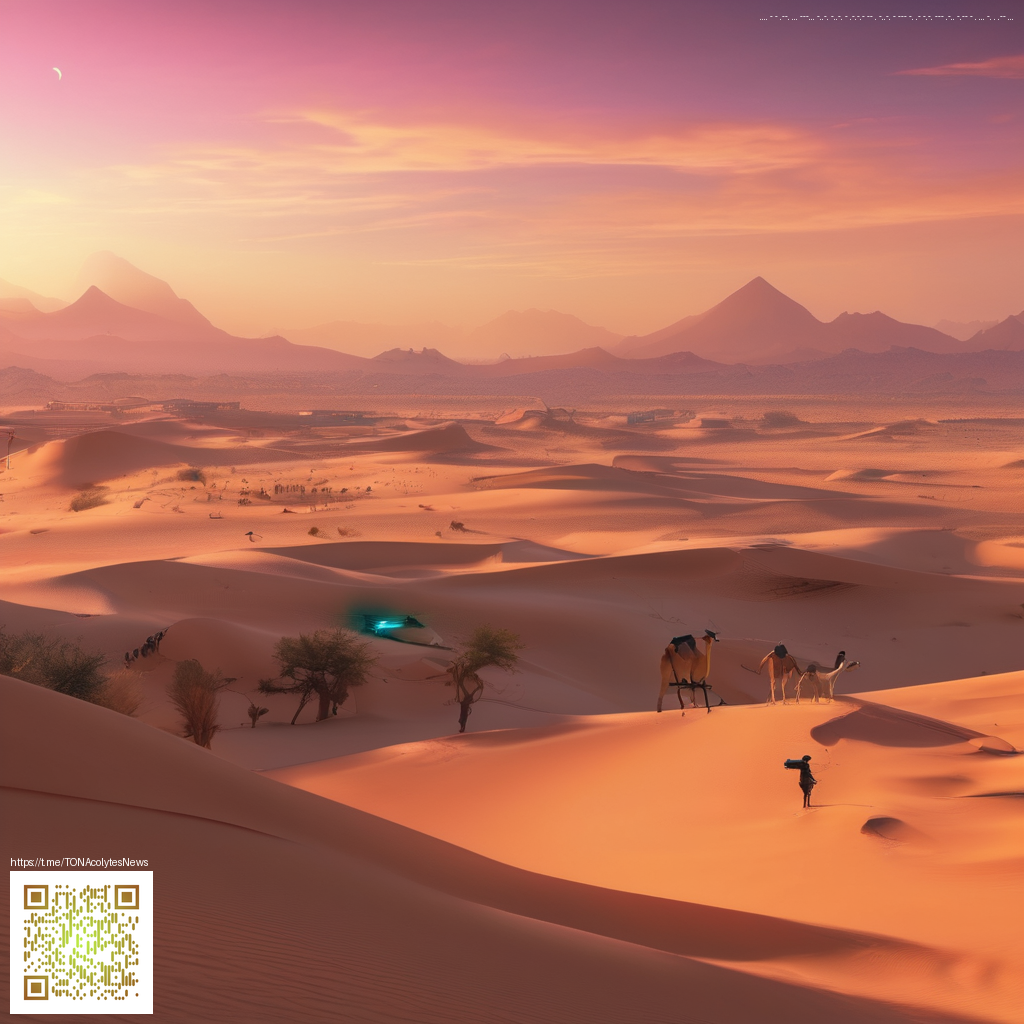
Data source: ESA Gaia DR3
How Gaia DR3 elevates our grasp of stellar distances, even for a reddened giant
In the ongoing quest to map the Milky Way with ever greater clarity, Gaia DR3 represents a leap forward in how we measure distances and interpret starlight. Hipparcos opened the door to parallax-based distances for a swath of the sky, but Gaia DR3 extends that reach with higher precision, broader coverage, and refined handling of complex starlight affected by dust. A vivid example lives in the catalog of Gaia DR3 5897023602470268800, a distant giant whose light travels through dusty regions on its way to Earth. The measured distance places it roughly 3,344 parsecs from us, or about 10,900 light-years—a reminder of how large and layered our galaxy truly is. This star, cataloged under its Gaia DR3 identifier, helps illustrate the practical gains of the DR3 era: smaller uncertainties, more stars with robust distances, and a more reliable map of our neighborhood in the Milky Way.
Meet Gaia DR3 5897023602470268800: a reddened distant giant
Key coordinates place this star in the southern sky at approximately RA 214.3998° (roughly 14h 17m) and Dec −53.0311°. Its Gaia G-band brightness is about 15 magnitudes, which is bright enough to record clearly in Gaia’s detectors but far too faint for naked-eye viewing. The Gaia measurements also include phot_bp_mean_mag ≈ 17.0 and phot_rp_mean_mag ≈ 13.7, painting a picture of a star whose blue passband is dimmer than its red passband. Such a color pattern can be a sign of heavy reddening by interstellar dust along the line of sight, or it may reflect complexities in the star’s light that the measurements attempt to disentangle. The overall impression is of a hot stellar surface paired with a substantial amount of dust extinction as the light travels toward us.
- southern sky, around RA 14h17m, Dec −53°
- phot_g_mean_mag ≈ 14.98
- BP ≈ 17.02, RP ≈ 13.67 → color indication is unusually red for the given temperature hint
- teff_gspphot ≈ 34,769 K (a blue-white, very hot photosphere)
- r_gspphot ≈ 8.17 R☉
- distance_gspphot ≈ 3,343.8 pc (~10,914 ly)
- radius_flame, mass_flame are NaN in this entry
Taken together, the numbers sketch a star that is both luminous and distant. A radius of about 8 solar radii signals a star that has expanded beyond the main sequence, while a surface temperature near 35,000 K points to a blue-white appearance if you could see it without dust. The large gap between the blue and red photometric measurements hints at significant reddening along the line of sight—dust in the interstellar medium absorbs blue light more efficiently, letting red light through. In short, this is a distant giant whose light bears the fingerprints of its journey through the dusty Milky Way.
The science behind the numbers: what Gaia DR3 changes in practice
Gaia DR3 refines parallax measurements across a far larger, deeper catalog than Hipparcos could achieve. For a star like Gaia DR3 5897023602470268800, the distance estimate derived from parallax and photometry benefits from improved calibration, larger datasets, and more sophisticated modeling of how extinction alters observed brightness and colors. The result is a distance that can be interpreted with greater confidence than earlier catalogs, reducing the range of possible locations in the Galaxy and sharpening the placement of such stars within Galactic structure.
What does this mean for our understanding of the galactic environment? It means that even when a star lies well beyond the reach of bright-eye observations, we can still infer its place, its properties, and its possible history with increasing reliability. The combination of a hot surface, a sizable radius, and a great distance also underscores Gaia’s strength in connecting stellar physics with three-dimensional mapping—bringing the Milky Way into sharper relief, one star at a time.
Color, temperature, and the foreground of dust
The temperature estimate places this star in the blue-white region of the spectrum, typically associated with hot, early-type stars. Yet the Gaia photometric colors tell a different story, likely shaped by dust between us and the star. This juxtaposition highlights a key feature of Gaia’s data: the same star can reveal different clues in different measurements, and careful interpretation is required to separate intrinsic properties from effects of the interstellar medium. When astronomers translate a star’s temperature into its color, and then compare that color with brightness, they gain insight into both the star itself and the material that veils it.
It is worth noting that some derived quantities in Gaia DR3, such as flame-based mass and radius estimates, may be NaN for certain entries when the data do not yield robust solutions. This is normal in a large, diverse survey: not every star has every parameter determined with equal confidence. The presence of a well-determined radius alongside a NaN mass reminds us that different analytical approaches (spectroscopy, asteroseismology, photometry) contribute in different ways, and Gaia DR3 continues to augment, not replace, those complementary data streams.
Look to the sky, but expect a challenge to observe
With a Gaia G magnitude near 15, this star sits well below naked-eye visibility and would require a modest telescope to study visually. Its precise sky location, however, makes it a target for observers using digital sky surveys and astrometric catalogs, as well as for researchers testing the fidelity of parallax measurements and extinction corrections in crowded, dust-rich regions.
Phone Case with Card Holder MagSafe Polycarbonate
This star, though unnamed in human records, is one among billions charted by ESA’s Gaia mission.
Each article in this collection brings visibility to the silent majority of our galaxy — stars known only by their light.